
Exploring the Wonders of Chouf District
Discover the Chouf District in Lebanon: A blend of nature, history, and culture awaits in this picturesque region, perfect for hikers, history enthusiasts, and food lovers.
The Chouf District in Lebanon is a captivating destination that offers a unique blend of natural beauty, rich history, and vibrant culture. Nestled in the heart of the country, this region is known for its picturesque landscapes, charming villages, and historical landmarks. It is a place where visitors can experience the true essence of Lebanon. One of the main attractions in Chouf is the Shouf Biosphere Reserve, the largest nature reserve in Lebanon. It is home to a diverse range of flora and fauna, including the famous cedar trees that are symbolic of the country. Hiking through the reserve's scenic trails provides breathtaking views of the surrounding mountains and valleys. The reserve is also a great spot for birdwatching and nature photography. The Chouf District is also rich in history and culture. The Beiteddine Palace, a stunning example of 19th-century Lebanese architecture, is a must-visit. This palace, with its ornate rooms and beautiful gardens, offers a glimpse into the opulent lifestyle of the Lebanese emirs. The nearby Deir el Qamar, a quaint village, is another historical gem. Its well-preserved stone houses, narrow streets, and historical sites make it a charming place to explore. Food lovers will find Chouf a delightful destination. The region is known for its delicious Lebanese cuisine, with many local restaurants serving traditional dishes made from fresh, locally-sourced ingredients. Be sure to try the local specialties, such as kibbeh, tabbouleh, and manakish. Whether you are a nature enthusiast, history buff, or foodie, the Chouf District has something to offer. Its serene environment, rich heritage, and warm hospitality make it a perfect getaway for tourists looking to experience the best of Lebanon.
Local tips in Chouf District
- Visit the Shouf Biosphere Reserve early in the morning to enjoy the trails in cooler temperatures and avoid the crowds.
- Wear comfortable walking shoes as many of the historical sites and villages have cobblestone streets and uneven terrain.
- Bring a camera or smartphone with a good camera to capture the stunning landscapes and historical architecture.
- Try to learn a few basic Arabic phrases; the locals appreciate the effort and it enhances the experience.
- Check the local weather forecast and dress in layers, as temperatures can vary throughout the day.
Exploring the Wonders of Chouf District
The Chouf District in Lebanon is a captivating destination that offers a unique blend of natural beauty, rich history, and vibrant culture. Nestled in the heart of the country, this region is known for its picturesque landscapes, charming villages, and historical landmarks. It is a place where visitors can experience the true essence of Lebanon. One of the main attractions in Chouf is the Shouf Biosphere Reserve, the largest nature reserve in Lebanon. It is home to a diverse range of flora and fauna, including the famous cedar trees that are symbolic of the country. Hiking through the reserve's scenic trails provides breathtaking views of the surrounding mountains and valleys. The reserve is also a great spot for birdwatching and nature photography. The Chouf District is also rich in history and culture. The Beiteddine Palace, a stunning example of 19th-century Lebanese architecture, is a must-visit. This palace, with its ornate rooms and beautiful gardens, offers a glimpse into the opulent lifestyle of the Lebanese emirs. The nearby Deir el Qamar, a quaint village, is another historical gem. Its well-preserved stone houses, narrow streets, and historical sites make it a charming place to explore. Food lovers will find Chouf a delightful destination. The region is known for its delicious Lebanese cuisine, with many local restaurants serving traditional dishes made from fresh, locally-sourced ingredients. Be sure to try the local specialties, such as kibbeh, tabbouleh, and manakish. Whether you are a nature enthusiast, history buff, or foodie, the Chouf District has something to offer. Its serene environment, rich heritage, and warm hospitality make it a perfect getaway for tourists looking to experience the best of Lebanon.
When is the best time to go to Chouf District?
Iconic landmarks you can’t miss
Al Raouche Rocks
Experience the breathtaking beauty of Al Raouche Rocks, a historical landmark and nature preserve in Beirut, Lebanon.

Jeita Grotto
Explore the stunning Jeita Grotto, a natural masterpiece in Lebanon with magnificent caves and underground rivers, perfect for nature lovers and adventure seekers.
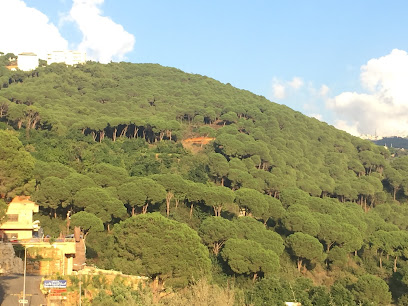
Beiteddine Palace
Discover the majesty of Beiteddine Palace, a historic landmark in Lebanon showcasing exquisite architecture and lush gardens amidst breathtaking mountain views.

Moussa Castle
Explore the enchanting Moussa Castle in Lebanon, a stunning blend of history, architecture, and breathtaking views that captivates every visitor.
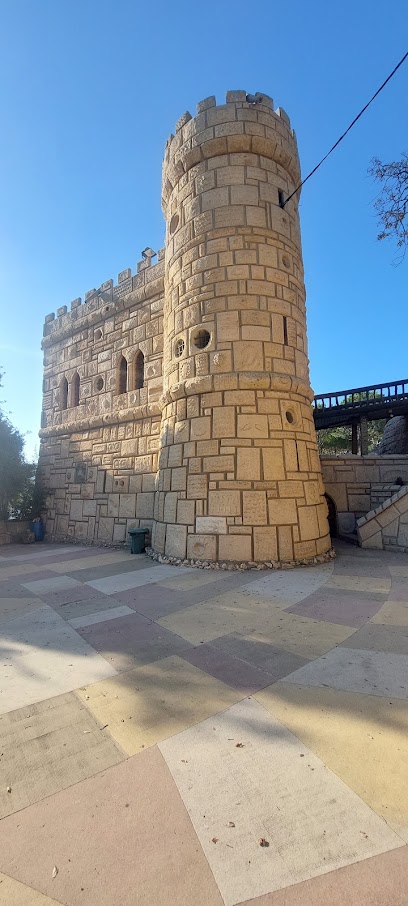
Shouf Biosphere Reserve Barouk Cedar Forest
Explore the breathtaking beauty of the Shouf Biosphere Reserve Barouk Cedar Forest, a national treasure rich in biodiversity and scenic landscapes.
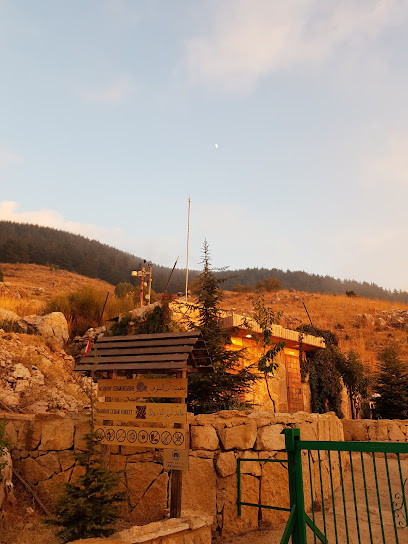
Mir Amin Palace - قصر الامير أمين
Discover the luxurious Mir Amin Palace in Beit ed-Dine, where history meets modern elegance, creating an unforgettable Lebanese experience.

Deir al Oumara
Experience authentic Lebanese hospitality at Deir al Oumara, a charming hotel and restaurant nestled in the picturesque village of Deir al Qamar.

Shallalat Al Barouk Hotel & Restaurant
Experience the perfect blend of comfort and nature at Shallalat Al Barouk Hotel & Restaurant in the scenic Chouf region of Lebanon.
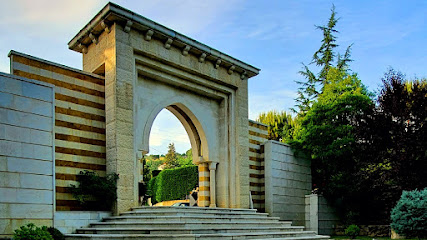
Beyt el Jabal - Guesthouse
Experience the charm of traditional Lebanese hospitality at Beyt el Jabal, a guesthouse nestled in the scenic village of Deir El Qamar.
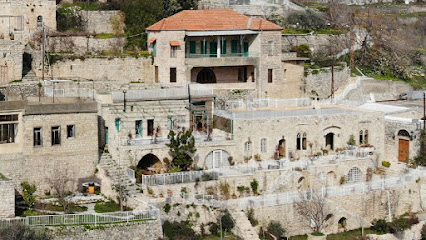
Al Midan (Dany Chamoun) Square
Discover the enchanting Al Midan Square in Deir El Qamar, where history, culture, and local life blend beautifully in a picturesque setting.
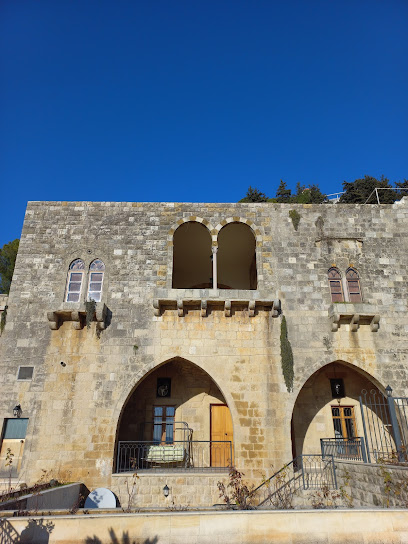
Fakher El Dine Ii Le Grand Castle
Explore Fakher El Dine II Le Grand Castle, a remarkable historical site in Deir El Qamar, showcasing stunning architecture and captivating stories of Lebanon's past.
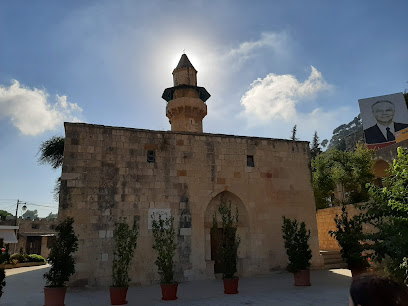
Fortress of Niha
Explore the breathtaking Fortress of Niha, a historical gem in Lebanon offering stunning views and a glimpse into the region's rich heritage.
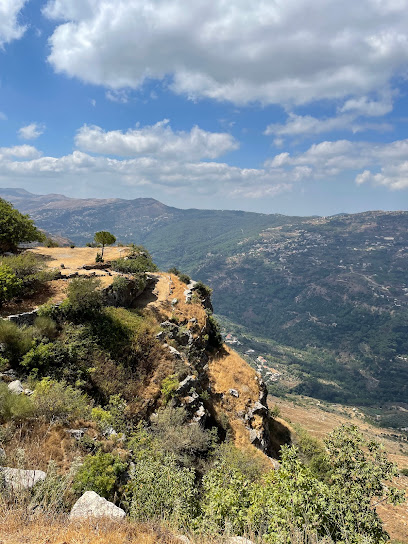
Shouf Cedars
Explore Shouf Cedars: Lebanon's breathtaking nature preserve, home to ancient cedars, stunning landscapes, and diverse wildlife.
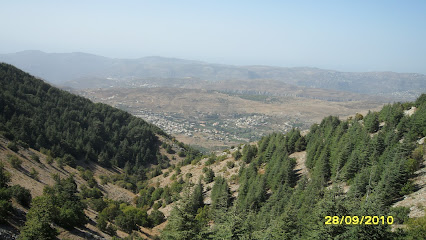
Moonlights Farm And Resorts
Discover the perfect blend of relaxation and adventure at Moonlights Farm And Resorts, a serene getaway in the heart of Lebanon's natural beauty.
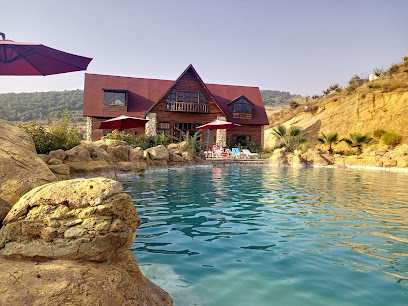
AL FUNDOK
Experience authentic Lebanese hospitality and stunning mountain views at Al Fundok, the perfect getaway in Maaser El Chouf.
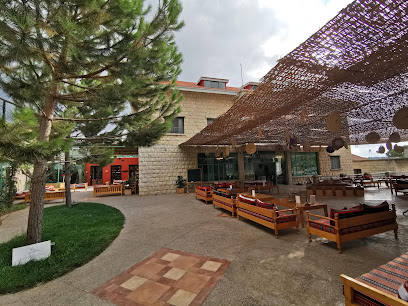
Unmissable attractions to see
Moukhtara Palace
Explore the breathtaking Moukhtara Palace, an architectural marvel in Lebanon, rich in history and surrounded by stunning landscapes.
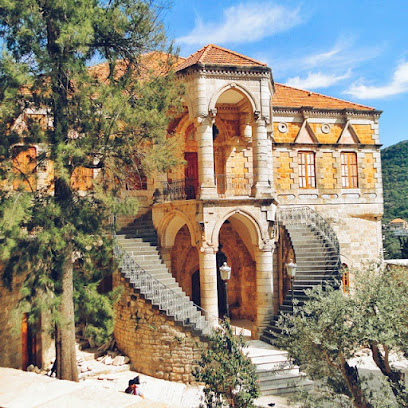
Marie Baz Museum
Explore Lebanon's rich heritage at the Marie Baz Museum in Deir El Qamar, where history comes alive through captivating exhibits and artifacts.
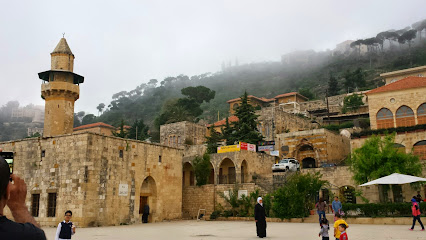
Kahf el Founoun - كهف الفنون
Explore the rich artistic heritage of Lebanon at Kahf el Founoun - a captivating museum showcasing local creativity through diverse exhibitions.
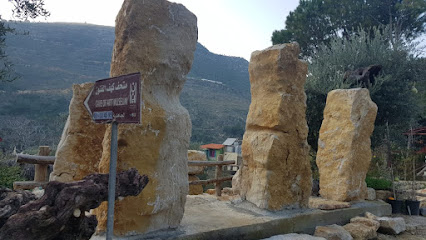
Serjbel Waterfall
Experience the breathtaking beauty of Serjbel Waterfall in Sirjbal, Lebanon – a perfect blend of nature and culture for every traveler.
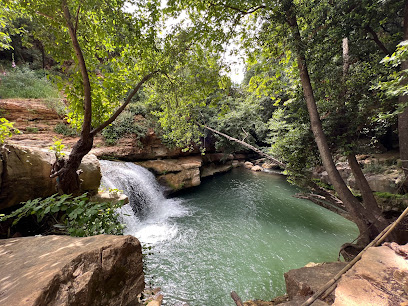
Al-Fozor
Experience the tranquility and biodiversity of Al-Fozor, a stunning nature preserve in Kfar Matta, Lebanon, perfect for escape and exploration.
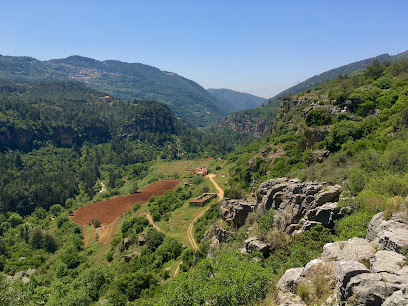
Public Garden and Park of Al Bayder Area
Discover tranquility and beauty at the Public Garden and Park of Al Bayder Area, a scenic retreat in the heart of Baakleen, Lebanon.
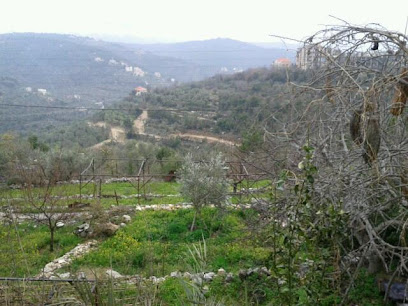
Jeita Spring - Mresty
Experience the breathtaking natural beauty of Jeita Spring in Mresty, Lebanon's jewel of limestone caves and serene landscapes.
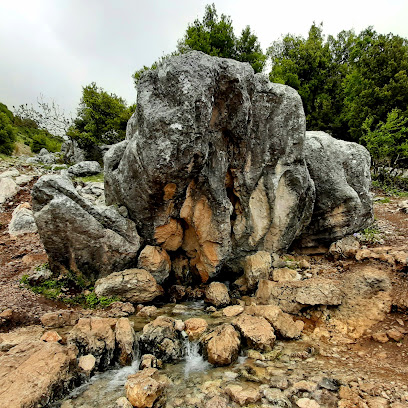
منتزه جسر اللوزية
Explore the stunning Bridge of Al-Louzi in Sirjbal, a captivating blend of history, architecture, and natural beauty that enchants every visitor.
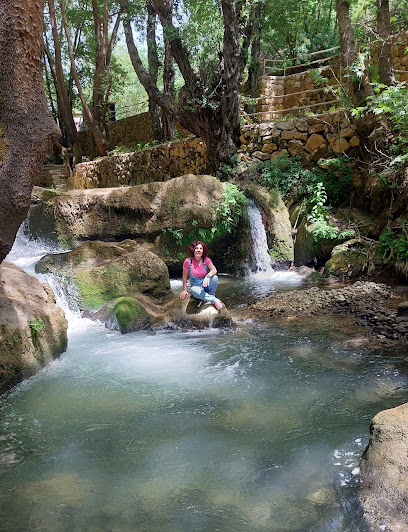
Faddoul Silk Factory
Explore the Faddoul Silk Factory in Kfar Matta, a unique destination celebrating traditional Lebanese silk weaving and craftsmanship.
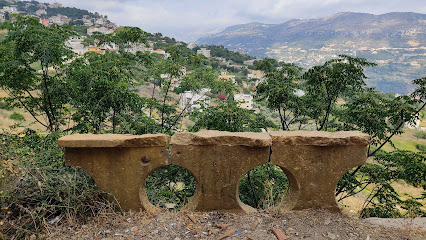
الحديقة الوطنية بقعاتا
Discover nature's beauty at الحدائق الوطنية بقعاتا, a serene national park in Samqaniyeh, perfect for outdoor adventures and family outings.
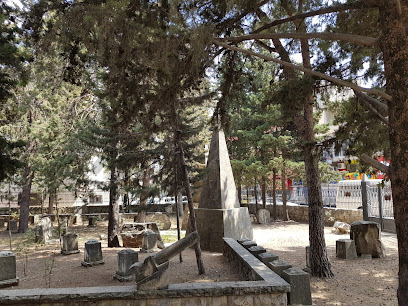
Hiking Local Guide (Shouf region)
Discover the breathtaking trails and rich history of Deir El Qamar, a hiking paradise in the heart of Lebanon's Shouf region.
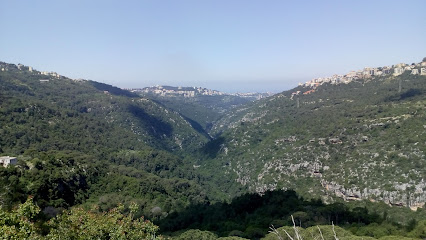
Chir Baadarane - View Point
Discover the breathtaking vistas at Chir Baadarane View Point in Baadaran, Lebanon, an idyllic escape for nature lovers and photography enthusiasts.
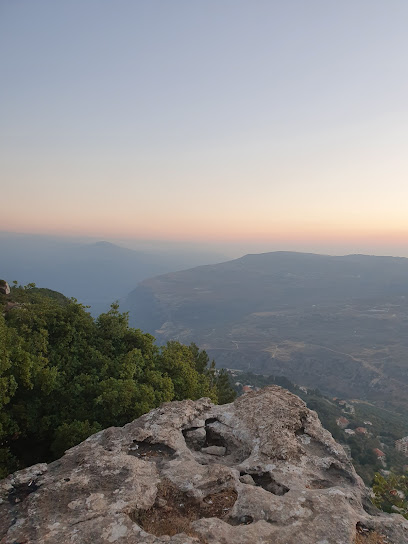
سرجبال chaaya falls
Explore the serene beauty of Chaaya Falls in Sirjbal, a breathtaking natural attraction perfect for nature lovers and adventure seekers.

Karim'shouse
Explore Karim's House in Chehime for an authentic taste of Lebanese culture and history, a must-visit for every traveler.
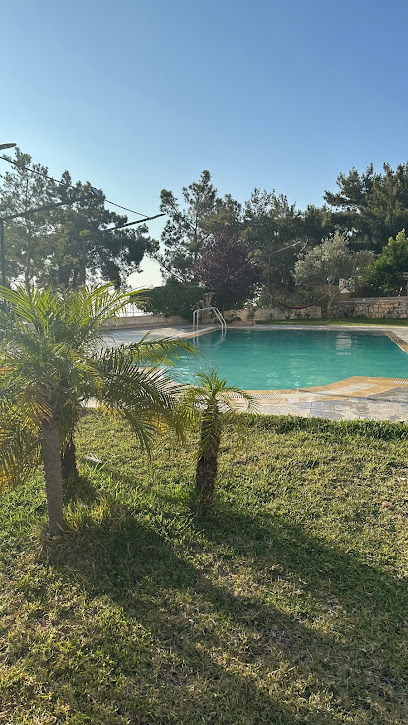
Kfar niss Lake
Experience the serene beauty of Kfar Niss Lake, a hidden gem surrounded by nature's tranquility and breathtaking Lebanese landscapes.
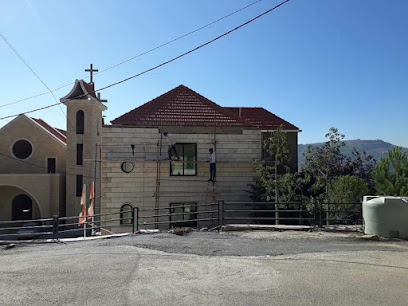
Essential places to dine
مطعم شلالات نبع مرشد - Shallalat Nabeh Merched
Discover Shallalat Nabeh Merched: A tranquil dining experience surrounded by stunning waterfalls and authentic Lebanese cuisine in Moukhtara.
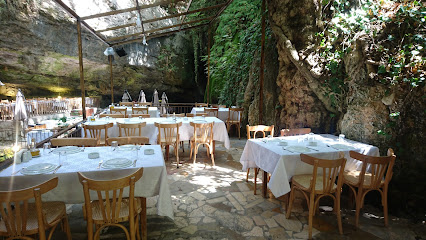
El Yammine restaurant
Experience authentic Lebanese cuisine at El Yammine Restaurant in Nabaa El Safa - where tradition meets taste in every dish.
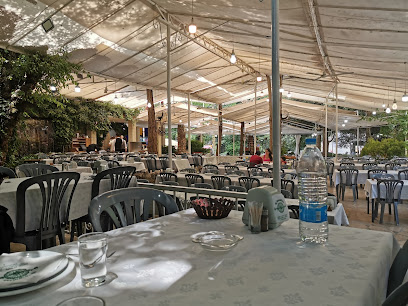
Shallalat Al Barouk Hotel & Restaurant
Discover the flavors of Lebanon at Shallalat Al Barouk Hotel & Restaurant – where culinary tradition meets breathtaking scenery.
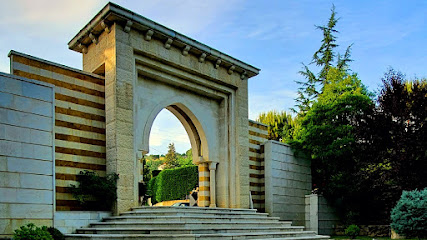
Baytna restaurant , Barouk
Experience authentic Lebanese cuisine at Baytna Restaurant in Barouk - a must-visit destination for food lovers.
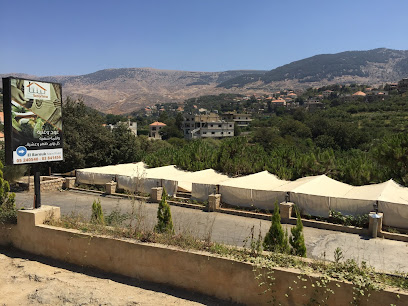
Al Mamlaka Restaurant
Experience authentic Lebanese flavors amidst breathtaking views at Al Mamlaka Restaurant in Barouk.

Maestro Resto Cafe
Experience authentic Lebanese cuisine at Maestro Resto Cafe in Baakleen – where tradition meets taste in a picturesque setting.
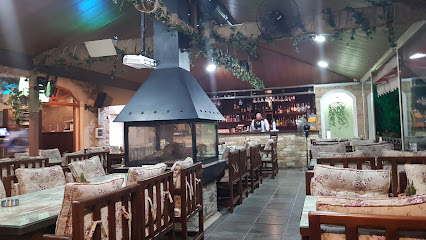
Al Midyaf restaurant
Experience authentic Lebanese flavors at Al Midyaf restaurant in Barouk, where tradition meets taste in a welcoming atmosphere.
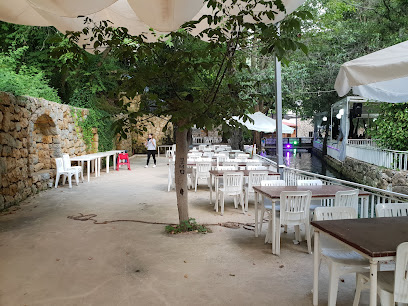
Al Kooz Cafe
Experience authentic Lebanese cuisine at Al Kooz Cafe in Barouk—where every dish tells a story amidst breathtaking scenery.
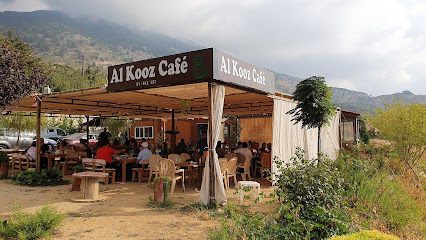
Verona Resto
Discover authentic Italian flavors at Verona Resto in Samqaniyeh - where every dish tells a story.
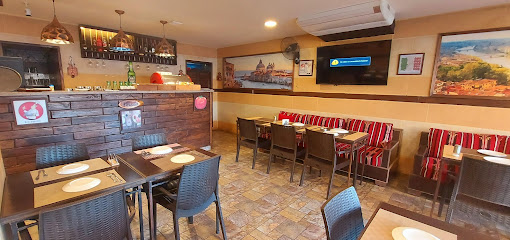
Un basilico
Experience authentic Italian cuisine at Un Basilico in Baakleen; where tradition meets flavor in every bite.
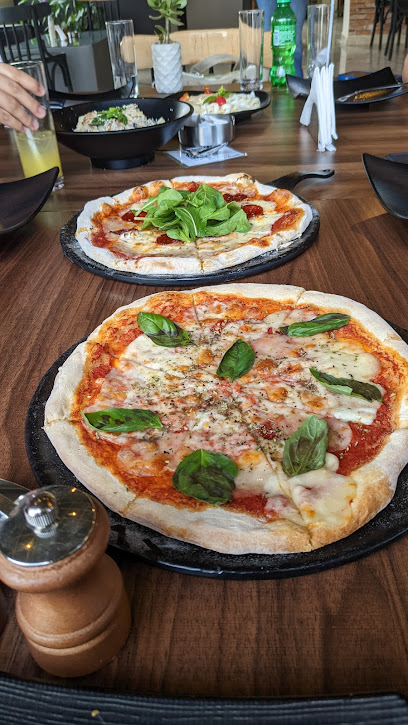
INDINER time
Experience authentic Lebanese cuisine at INDINER Time in Chouf - where every dish tells a story of flavor and tradition.
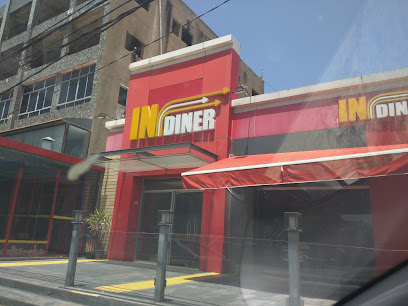
Diwan al farah restaurant
Experience authentic Lebanese flavors at Diwan al Farah in Beit ed-Dine—a culinary gem blending tradition with modern charm.
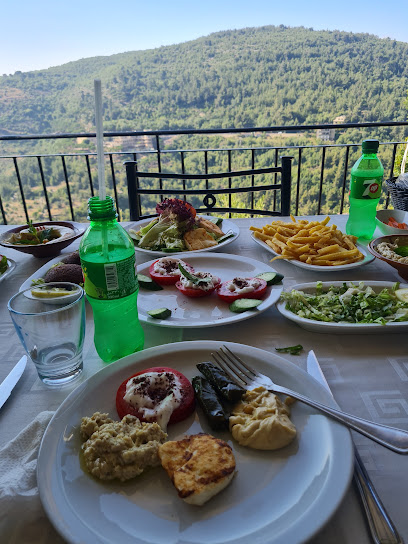
Old Rock Restaurant
Discover authentic Lebanese cuisine at Old Rock Restaurant, where every dish tells a story and every bite is a journey into local flavors.
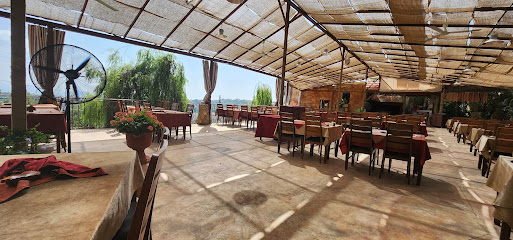
Al Jiser - Restaurant
Discover authentic Lebanese flavors at Al Jiser Restaurant in Choualiq Deir El Qamar, where delicious food meets breathtaking views.
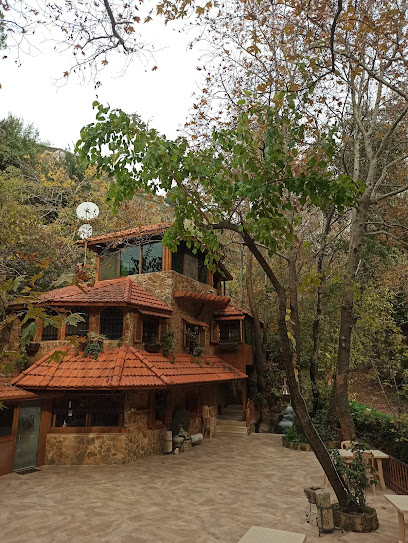
Talet shkeef
Discover authentic Lebanese flavors at Talet Shkeef in Kfar Qatra – perfect for families and food lovers alike.

Markets, malls and hidden boutiques
LeMall
Explore LeMall in Beirut: A vibrant shopping mall offering diverse retail, dining, and entertainment experiences for all visitors.

The Spot Choueifat
Explore The Spot Choueifat, a dynamic shopping haven in Lebanon with diverse stores, delightful dining, and entertainment options for all.
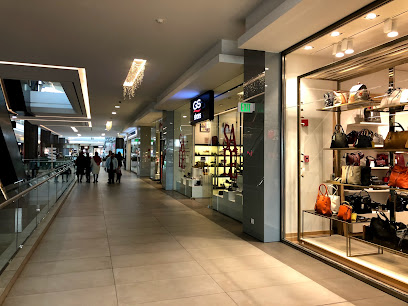
The Spot Saida
Experience shopping, dining, and family fun at The Spot Saida, the ultimate destination for savvy shoppers in Sidon.
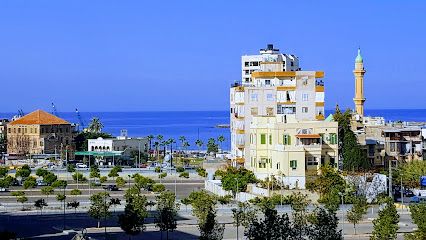
Cascada
Explore the vibrant shopping experience at Cascada in Taanayel, where retail, dining, and entertainment come together in perfect harmony.
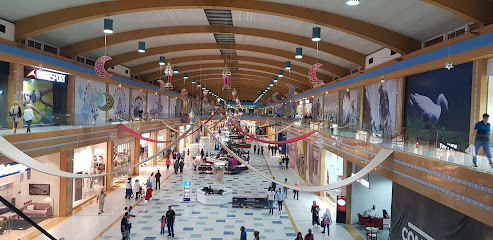
Farmvillebarouk
Discover the scenic beauty and farming heritage of Farmvillebarouk, a perfect retreat for families and nature enthusiasts in Barouk, Lebanon.
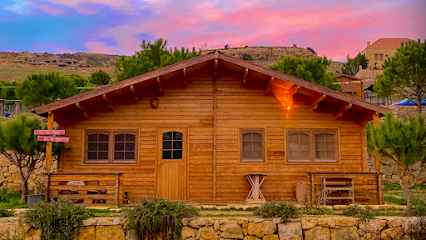
Pop Up Concepts Flagship
Explore Pop Up Concepts Flagship in Beirut for a unique blend of fashion, art, and collectibles that reflect the city's vibrant culture.
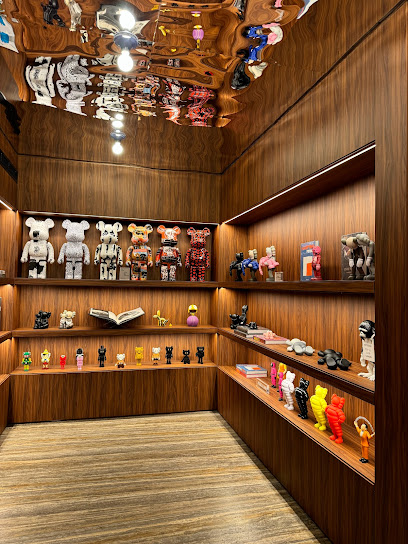
Orient 499 Beirut
Explore Orient 499 Beirut for unique clothing and home accessories that blend style, comfort, and rich Lebanese culture.
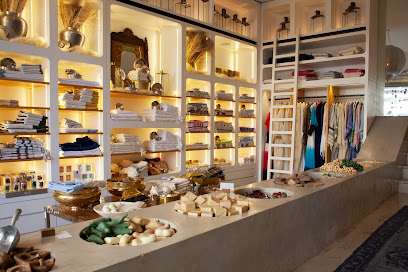
PrimeTech Electronics & Home Appliances
Explore cutting-edge technology and home appliances at PrimeTech Electronics & Home Appliances in Samqaniyeh, where innovation meets everyday convenience.
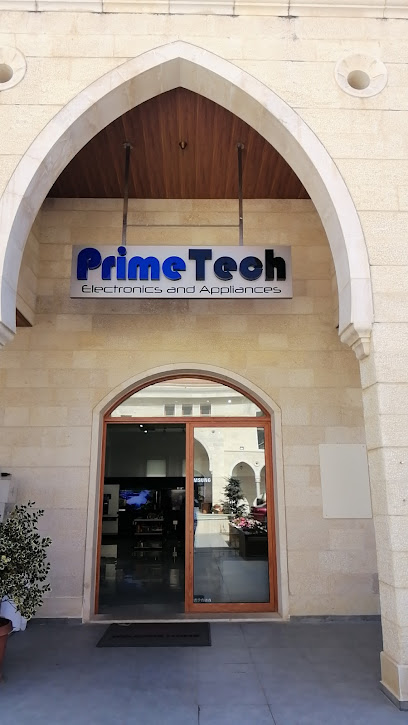
Al-Sirat Shopping
Discover a variety of gifts, cosmetics, and local delights at Al-Sirat Shopping in Bekaa, where shopping meets local culture.
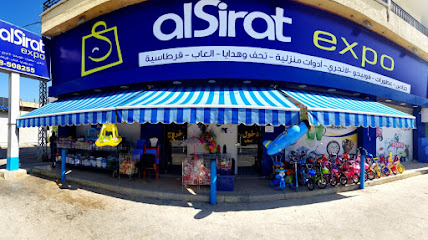
Gifts to Lebanon
Explore the heart of Lebanese craftsmanship at Gifts to Lebanon, where unique souvenirs and authentic culture await every traveler.

Shop and beyond
Discover a world of beauty and wellness at Shop and Beyond, where health meets luxury in an inviting shopping environment.
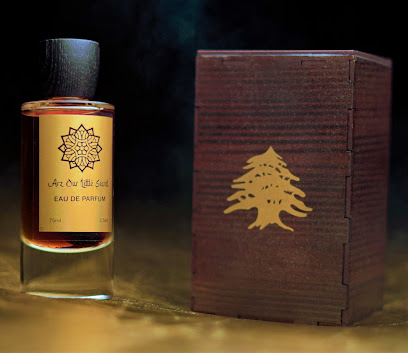
Khitan Accessories
Explore the exquisite craftsmanship of Khitan Accessories, a must-visit craft store showcasing traditional artistry and unique souvenirs.

Ghandour Fadoul Saj
Discover the authentic taste of Lebanese baked goods at Ghandour Fadoul Saj in Deir El Qamar, a bakery cherished for its traditional flavors and warm atmosphere.
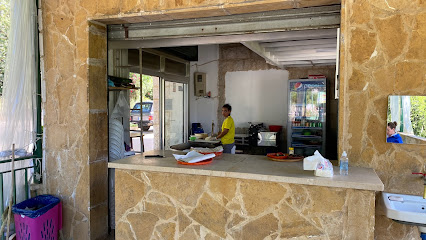
IBIZA Music Shop
Explore IBIZA Music Shop, where music meets technology in a vibrant shopping experience in Boqaata.
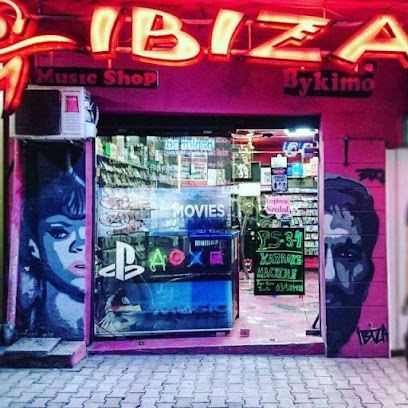
Bals Accessories
Explore the vibrant world of fashion at Bals Accessories, Mazboud's go-to store for trendy and unique fashion accessories.
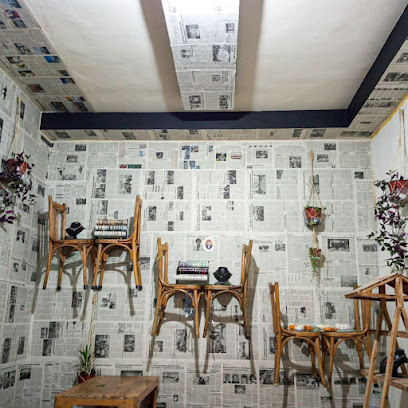
Essential bars & hidden hideouts
Shallalat Al Barouk Hotel & Restaurant
Discover the delightful blend of Lebanese cuisine and serene accommodations at Shallalat Al Barouk Hotel & Restaurant in Barouk, Chouf.
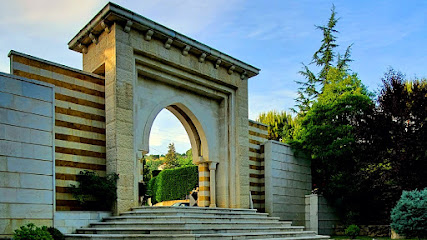
Baytna restaurant , Barouk
Discover the heart of Lebanese cuisine at Baytna Restaurant in Barouk, where tradition meets taste in a stunning setting.
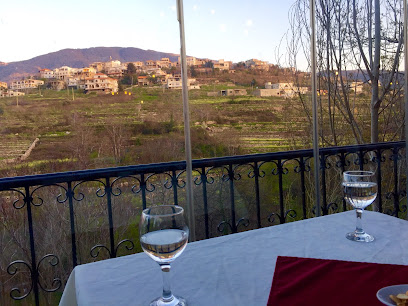
Lavender Getaway
Experience the enchanting Lavender Getaway in Kfarqatra, where exquisite cuisine meets stunning views and a vibrant atmosphere, perfect for every traveler.
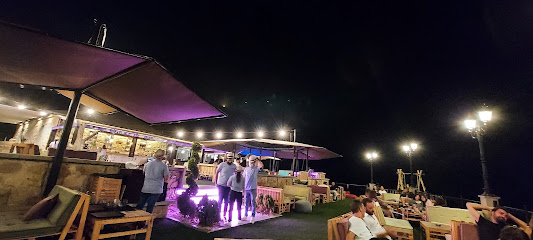
Al Kooz Cafe
Experience the authentic flavors of Lebanese cuisine at Al Kooz Cafe in Barouk, where every dish tells a story.
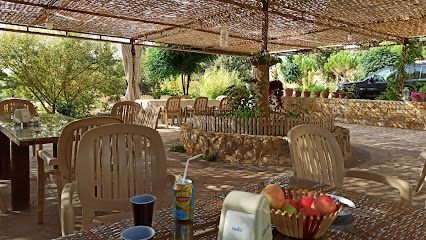
SIGHT - Deir El Qamar
Discover the vibrant nightlife of Deir El Qamar at SIGHT, where exquisite cocktails and lively entertainment await every visitor.
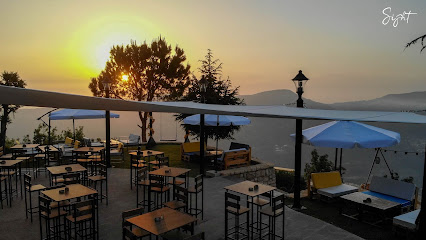
Punch Cocktail Bar
Experience the vibrant nightlife of Salhiyeh at Punch Cocktail Bar, where crafted cocktails and lively ambiance await every visitor.

Campobar Baakline
Experience the vibrant atmosphere of Campobar Baakline, where live music, delicious food, and stunning river views create the perfect getaway.
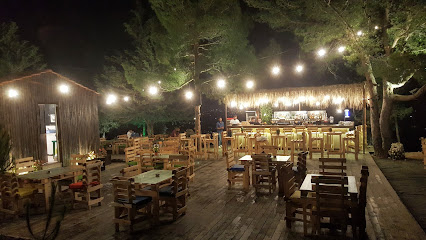
Shouf Highland
Experience nature's beauty at Shouf Highland, a serene bar and bed & breakfast nestled in Lebanon's stunning Shouf Biosphere Reserve.
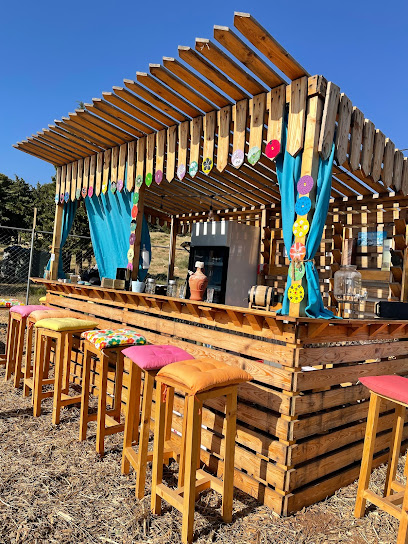
Life Escape Cafe Bar
Experience the vibrant atmosphere and exquisite flavors at Life Escape Cafe Bar in Remhala, a must-visit destination for every traveler.
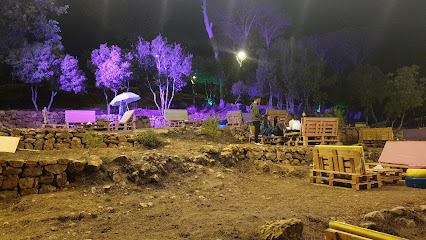
Sunbeat
Discover the vibrant nightlife at Sunbeat in Kfar Niss, where delicious cocktails and a lively atmosphere await every visitor.
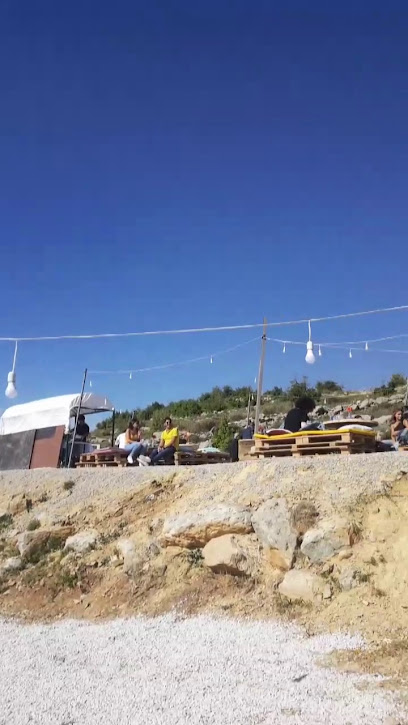
The Bear
Experience the charm of The Bear in Samqaniyeh, where local flavors meet a welcoming atmosphere for an unforgettable pub outing.

Zaya Pub
Discover the heart of Deir El Qamar at Zaya Pub, a cozy spot to enjoy local cuisine and vibrant atmosphere.

Mule the Bar
Discover Mule the Bar in Maaser El Chouf: A vibrant spot for cocktails, local wines, and unforgettable views in a charming atmosphere.
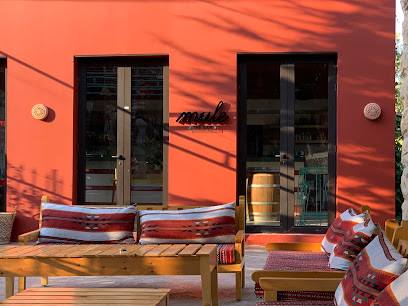
Number 8, billiard and bar lounge
Experience relaxation and fun at Number 8, the premier billiard and bar lounge in Dhour Ain El Haour, where great drinks meet friendly competition.
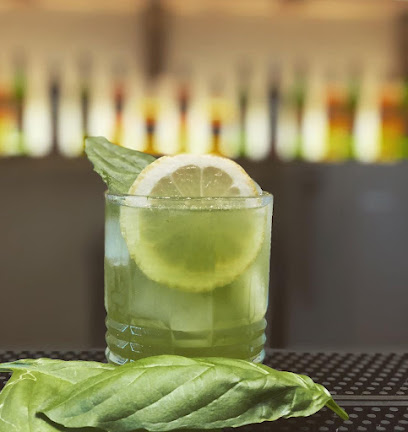
Liqueur Alcoholic Shop
Experience the essence of Lebanese culture at the Liqueur Alcoholic Shop, where exquisite liqueurs and a warm atmosphere await every visitor.

Local Phrases about Chouf District
-
- Helloمرحبا
[marhaba] - Goodbyeمع السلامة
[maa essalame] - Yesنعم
[naam] - Noلا
[laa] - Please/You're welcomeمن فضلك
[min fadlak] - Thank youشكراً
[shukran] - Excuse me/Sorryعذراً
[aadhran] - How are you?كيف حالك؟
[kayf halak?] - Fine. And you?بخير. وأنت؟
[bukhayr. wa anta?] - Do you speak English?هل تتحدث الإنجليزية؟
[hal tatahadath alinjleziya?] - I don't understandأنا لا أفهم
[ana la afham]
- Helloمرحبا
-
- I'd like to see the menu, pleaseأريد أن أرى القائمة، من فضلك
[oreed an ara alqaima, min fadlak] - I don't eat meatأنا لا آكل اللحم
[ana la aakol allaham] - Cheers!في صحتك!
[fi sahtak!] - I would like to pay, pleaseأريد أن أدفع، من فضلك
[oreed an adfaa, min fadlak]
- I'd like to see the menu, pleaseأريد أن أرى القائمة، من فضلك
-
- Help!النجدة!
[annajda!] - Go away!اذهب بعيداً!
[adhhab baeedan!] - Call the Police!اتصل بالشرطة!
[atassal bialshurta!] - Call a doctor!اتصل بالطبيب!
[atassal baltabib!] - I'm lostلقد ضللت
[laqad dhillat] - I'm illأنا مريض
[ana mareed]
- Help!النجدة!
-
- I'd like to buy...أريد أن أشتري...
[oreed an ashtari...] - I'm just lookingأنا فقط أتفرج
[ana faqat atfarg] - How much is it?بكم؟
[bikam?] - That's too expensiveهذا غالي جداً
[hatha ghali jidan] - Can you lower the price?هل يمكنك تخفيض السعر؟
[hal yumkinuk takhfez alsiear?]
- I'd like to buy...أريد أن أشتري...
-
- What time is it?كم الساعة؟
[kam alsaa'a?] - It's one o'clockالساعة الواحدة
[alsaa'a alwahida] - Half past (10)النصف بعد (العاشرة)
[alnisf baed (alashira)] - Morningالصباح
[assabah] - Afternoonالظهر
[adhduhr] - Eveningالمساء
[almasa] - Yesterdayالبارحة
[albareha] - Todayاليوم
[alyawm] - Tomorrowغداً
[ghadan] - 1واحد
[wahid] - 2اثنان
[ithnan] - 3ثلاثة
[thalatha] - 4أربعة
[arba'a] - 5خمسة
[khamsa] - 6ستة
[sitta] - 7سبعة
[sab'a] - 8ثمانية
[thamaneya] - 9تسعة
[tis'a] - 10عشرة
[ashara]
- What time is it?كم الساعة؟
-
- Where's a/the...?أين يوجد...؟
[ayna yujad...?] - What's the address?ما هو العنوان؟
[ma huwa al'anaan?] - Can you show me (on the map)?هل يمكنك أن تُظهر لي (على الخريطة)؟
[hal yumkinuk an tuzhir li (ala alkhareeta)?] - When's the next (bus)?متى يأتي الحافلة التالية؟
[mata yaati alhafilat altaliya?] - A ticket (to ....)تذكرة (إلى ....)
[tadhkira (ila ....)]
- Where's a/the...?أين يوجد...؟
History of Chouf District
-
The Chouf District is a historical and culturally rich area located in the Mount Lebanon Governorate of Lebanon. Known for its stunning landscapes, vibrant villages, and historical landmarks, Chouf District offers a unique glimpse into Lebanon's past and present.
-
The Maan dynasty, which ruled in the 17th century, played a crucial role in the history of Chouf. Emir Fakhr-al-Din II, a prominent figure from this dynasty, is often credited with unifying Lebanon and modernizing the region. His efforts in developing infrastructure, agriculture, and trade significantly impacted Chouf District and its surroundings.
-
The Beiteddine Palace, built by Emir Bashir Shihab II in the early 19th century, stands as a significant architectural marvel in Chouf. The palace showcases a blend of Italian and Arabic architectural styles and serves as a testament to the region's historical opulence. Today, it functions as a museum and a venue for cultural festivals, attracting numerous visitors.
-
Deir al-Qamar, meaning 'The Convent of the Moon,' is a picturesque village that once served as the capital of Mount Lebanon. Known for its well-preserved traditional Lebanese architecture, the village houses several historical landmarks, including the Fakhreddine Mosque, the Church of Saidet et Talle, and the Marie Baz Museum.
-
The Chouf Cedar Nature Reserve is one of the largest nature reserves in Lebanon, home to the ancient cedar trees that are emblematic of the country. These trees, some of which are over a thousand years old, have historical and cultural significance, often mentioned in ancient texts and associated with the heritage of the Phoenicians and other historical civilizations.
-
Chouf District is a stronghold of the Druze community, a religious and ethnic minority in Lebanon. The Druze have played a pivotal role in the region's history, particularly during the Ottoman era. Their unique cultural practices, religious beliefs, and community structures contribute significantly to the cultural mosaic of Chouf.
-
Chouf District was significantly affected during the Lebanese Civil War (1975-1990). The region witnessed fierce battles and demographic changes, particularly during the Mountain War in the early 1980s. The war's impact is still visible in the area's reconstruction efforts and the enduring resilience of its people.
-
Chouf District is known for its vibrant cultural festivals, such as the annual Beiteddine Art Festival, which features music, dance, and theatrical performances from around the world. Traditional crafts, cuisines, and customs are celebrated, preserving the rich heritage of the area and providing visitors with an immersive cultural experience.
-
Today, Chouf District is a blend of historical legacy and modern development. The area attracts tourists for its natural beauty, historical sites, and cultural vibrancy. Efforts in sustainable tourism and preservation of heritage sites continue to make Chouf a significant destination for those looking to explore Lebanon's rich history and culture.
Chouf District Essentials
-
Chouf District is located in the Mount Lebanon Governorate of Lebanon, approximately 40 kilometers southeast of Beirut. The nearest international airport is Beirut-Rafic Hariri International Airport. From Beirut, you can take a taxi or a private car to Chouf District, which typically takes around 1 to 1.5 hours depending on traffic. Alternatively, you can use a combination of public buses and taxis, though this may take longer and require more transfers.
-
Within Chouf District, taxis and private cars are the most convenient modes of transportation. Public buses and minibuses (known locally as 'servees') are available and connect major towns and villages. Renting a car can also be a viable option for exploring the district at your own pace, especially if you plan to visit remote areas or multiple sites in one day. Be aware that road conditions can vary, and driving in the mountains requires caution.
-
The official currency in Lebanon is the Lebanese Pound (LBP), but US Dollars (USD) are widely accepted. Credit cards are accepted in many hotels, restaurants, and larger shops, but it is advisable to carry cash for smaller establishments and rural areas. ATMs are available in major towns within Chouf District, but it's wise to have sufficient cash on hand, especially if you're venturing into more remote areas.
-
Chouf District is generally safe for tourists, but it is always advisable to take standard precautions. Avoid walking alone at night in unfamiliar areas and keep an eye on your belongings in crowded places. While the district is known for its hospitality and low crime rates, staying vigilant and aware of your surroundings is always a good practice.
-
In case of emergency, dial 112 for immediate assistance. The local police stations and medical facilities are available throughout the district. It is recommended to have travel insurance that covers medical emergencies. For minor health issues, pharmacies are available in major towns where you can purchase over-the-counter medications.
-
Fashion: Do dress modestly, especially when visiting religious sites. Avoid wearing revealing clothing. Religion: Do respect local customs and traditions. Always cover your head when entering mosques or churches. Public Transport: Do be respectful and give up your seat to elderly passengers. Don’t eat or drink on public transport. Greetings: Do greet people with a handshake or a kiss on both cheeks if you are familiar with them. Eating & Drinking: Do try local delicacies and accept food offerings graciously. Don’t refuse hospitality, as it is considered impolite.
-
To experience Chouf District like a local, visit the local souks (markets) where you can buy fresh produce, local crafts, and traditional Lebanese goods. Engage with locals, as they are often friendly and willing to share stories about the area's history and culture. Don't miss visiting the Beiteddine Palace, Deir el Qamar, and the Barouk Cedar Forest. For a unique experience, try a traditional Lebanese breakfast at a local bakery or café.
Trending Landmarks in Chouf District
-
Al Raouche Rocks
-
Jeita Grotto
-
Beiteddine Palace
-
Moussa Castle
-
Shouf Biosphere Reserve Barouk Cedar Forest
-
Mir Amin Palace - قصر الامير أمين
-
Deir al Oumara
-
Shallalat Al Barouk Hotel & Restaurant
-
Beyt el Jabal - Guesthouse
-
Al Midan (Dany Chamoun) Square
-
Fakher El Dine Ii Le Grand Castle
-
Fortress of Niha
-
Shouf Cedars
-
Moonlights Farm And Resorts
-
AL FUNDOK
Nearby Cities to Chouf District
-
Things To Do in Aley
-
Things To Do in Broummana
-
Things To Do in Beirut
-
Things To Do in Sidon
-
Things To Do in Rashaya
-
Things To Do in Jounieh
-
Things To Do in Anjar
-
Things To Do in Zahle
-
Things To Do in Marjayoun
-
Things To Do in Byblos
-
Things To Do in Tyre
-
Things To Do in Batroun
-
Things To Do in Baalbek
-
Things To Do in Bcharre
-
Things To Do in Rosh HaNikra










